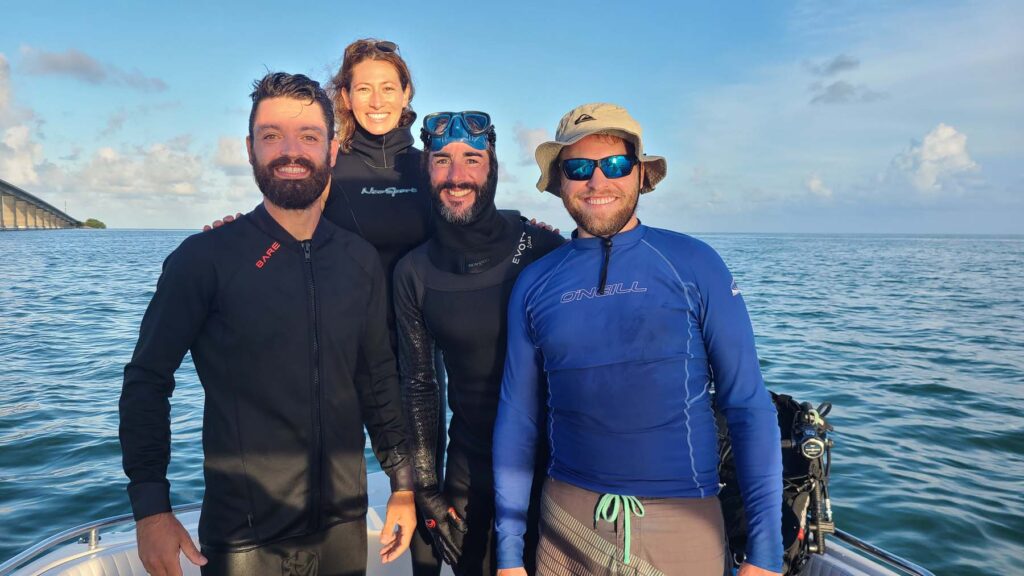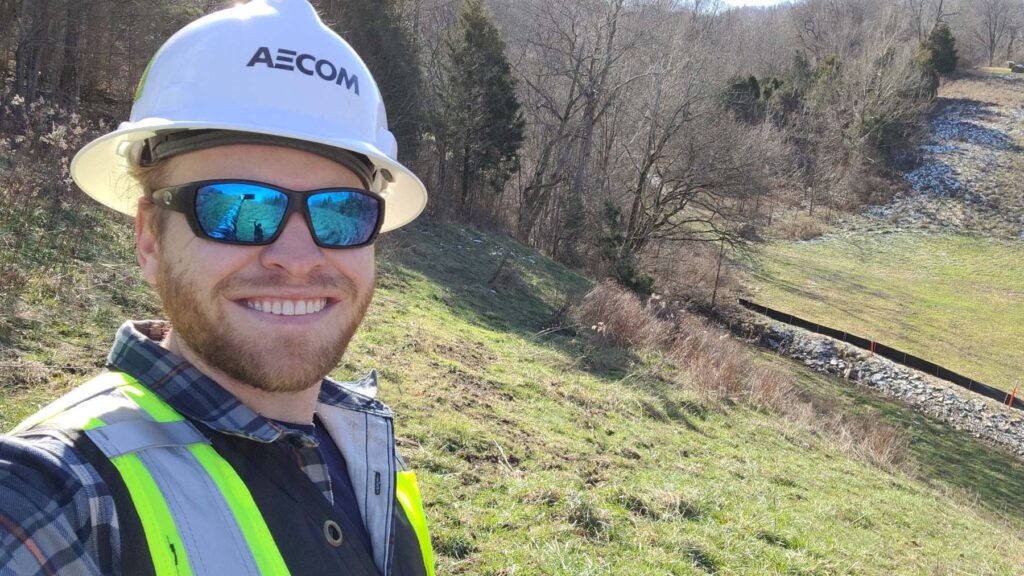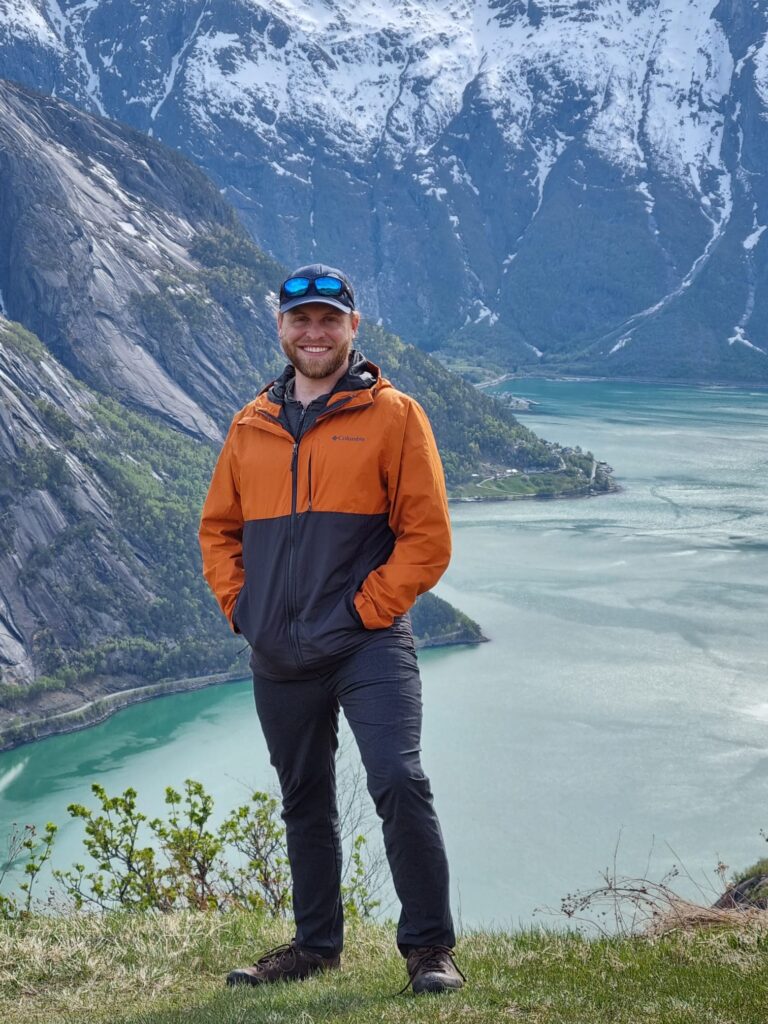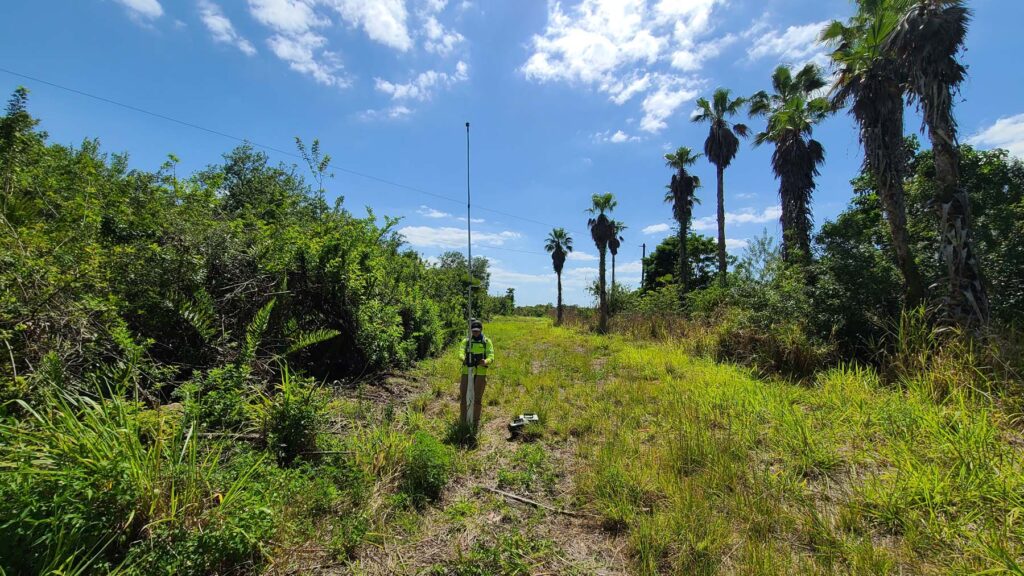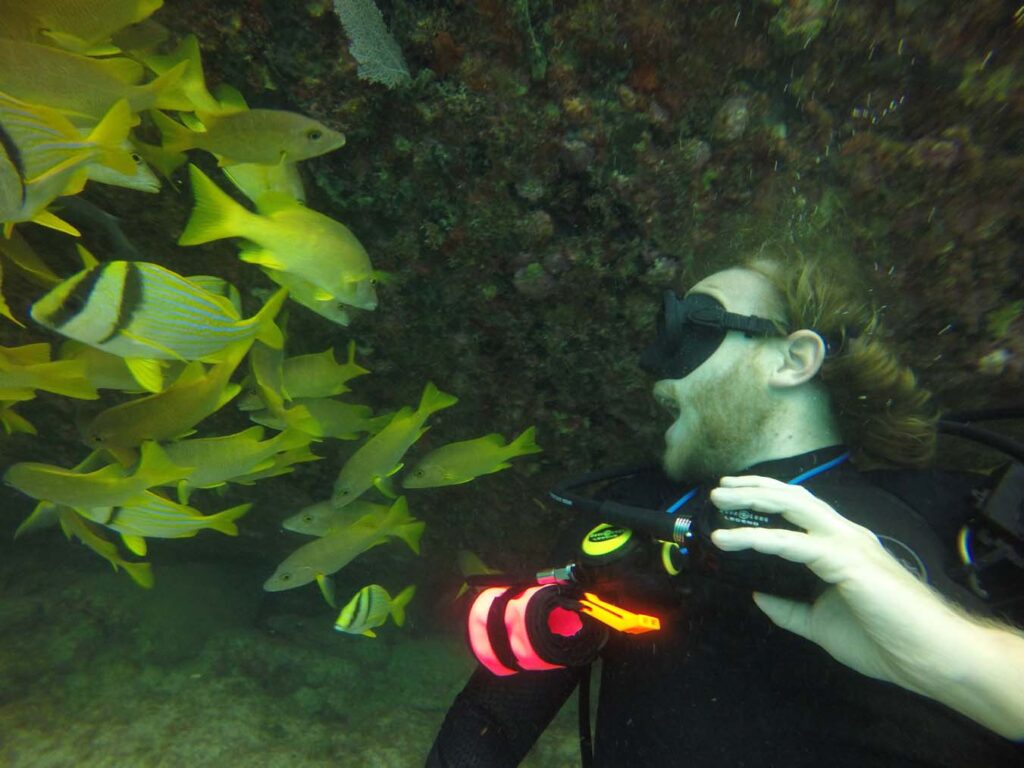People Spotlight: Meet Craig Raffenberg
Our People Spotlight series gives you an inside look at our technical experts around the world. This week, we are highlighting a marine ecologist from our Environment business in the U.S. East region and providing an insight into his inspiration and work.
Craig Raffenberg is a marine ecologist working in resiliency and nature-based solutions, supported by six years of experience in biological research and environmental science. His project experience includes threatened and endangered species studies, wetland delineations, on-site construction oversight as an environmental inspector, environmental impact review and permitting, NEPA documentation, acoustical data collection and analysis for animal presence and marine-related data collection as a member of the AECOM Dive Team.
He has worked extensively in Florida, Biscayne Bay and adjacent offshore habitats in both scientific and consulting roles. Craig holds a bachelor’s degree in Marine Science from the University of South Carolina and a master’s degree in Marine Biology and Ecology from the University of Miami. He is currently pursuing a master’s degree in Geographic Information Systems (GIS) which will enable him to further improve analysis, reporting and planning efforts, as well as field data collection.
Tell us about what inspired you to join the industry
Growing up in Ohio, my family and I would travel down to Siesta Key, Florida every other year for vacations with extended family, so from an early age I became fascinated by the ocean. I also really enjoyed nature shows like Steve Irwin’s “The Crocodile Hunter” and the Corwin Brothers.
In response to a kindergarten journal prompt, I named five things I wanted to do in the future: live in Florida, be a marine biologist, fly a plane, meet Godzilla and live in a world made of candy. The last two life goals are still works in progress, but the stage was set early for the others.
I studied marine biology at both undergraduate and graduate levels. During year four of my five-year doctoral program at the University of Miami, I realized academia wasn’t the right fit for me and travelled to Australia to live as a backpacker.
When I returned to the U.S. a couple of years later due to COVID, the opportunity to work on multiple, varied projects drew me to consulting. Whereas academia can be purely research-focused, in our industry I’m able to continually learn and improve on diverse types of projects while making an impact.
Whether I’m conducting field surveys to look and listen for endangered bats for the Florida Department of Transportation, relocating protected corals as part of the AECOM Dive Team, making sure that manatees are protected during construction or helping plan for resilient reefs, my job blends hands-on field work with office time and it’s the right balance for me.
What is your favorite AECOM project that you’ve worked on and why?
The Defense Advanced Research Projects Agency (DARPA) Reefense Program falls outside of my typical AECOM workflow because it’s mainly a research and development project—so it’s another example of learning and doing something new and different on the job. Working closely with some of the same professors I studied under as a graduate student, AECOM is supporting the University of Miami and other institutions to develop, design and deploy a 100-meter hybrid (engineered and biological) coral reef for coastal resilience in southern Florida and the Caribbean.
The project includes three main components:
- Designing and constructing the engineered base structure of the hybrid reef, which will provide coastline protection, especially from wave energy related to hurricanes and other storms.
- Building the ecosystem on top of the base structure, attracting baby corals to the reef to improve the reef’s growth rate and overall settlement of marine organisms.
- And then at the same time, we’re trying to improve the corals to make them more resilient to climate change, particularly warming ocean temperatures and disease.
The fact that this project involves fascinating scientific research but is also hands-on and useful in the application of this research—putting a structure in the water to protect existing coastal infrastructure and to provide coral reef habitat—makes it special to me. And on top of this, it’s being funded through the Department of Defense, which means our federal government sees the value in protecting our coasts.
In addition, this project dovetails with my marine background and the other work I’m doing to address the challenges facing the world’s coral reefs. As part of the Great Barrier Reef Foundation Resilient Reefs Initiative, I even had the chance to return to Australia last year to incorporate resilience-based management strategies to improve UNESCO World Heritage coral reef sites, like Belize.
Tell us a story of how your work positively impacted the community.
The Wagner Creek Restoration Project for the City of Miami involved dredging and removing contaminated sediments from the riverbed of one of Florida’s most polluted waterways to improve water flow and remove the environmental hazard—cancer-causing chemical waste from previous industrial uses and decades of pollution. Since the Wagner Creek is a tributary of the Miami River, one of the concerns was that the river, which is designated as an Outstanding Florida Water “worthy of special protection because of their natural attributes,” would become contaminated.
Wagner Creek is known for its manatees, a federally threatened species. One of my responsibilities during the project was marine mammal observation, making sure that work paused to protect any manatees that entered the area. I also monitored turbidity from the dredging, to avoid sediment flow into the protected Miami River. Due to the project, the manatees returned, and many other animals repopulated Wagner Creek.
Share a piece of career advice
Build and nurture strong relationships. All my project opportunities at AECOM have been the result of relationships—a successful working relationship on one project has led to another project. Cultivating relationships and connections brings opportunities and it also provides a network of people you know you can rely on for help and support. Also, share your excitement for projects that align with your interests. This can lead to new opportunities for you and even new areas of work for AECOM.







